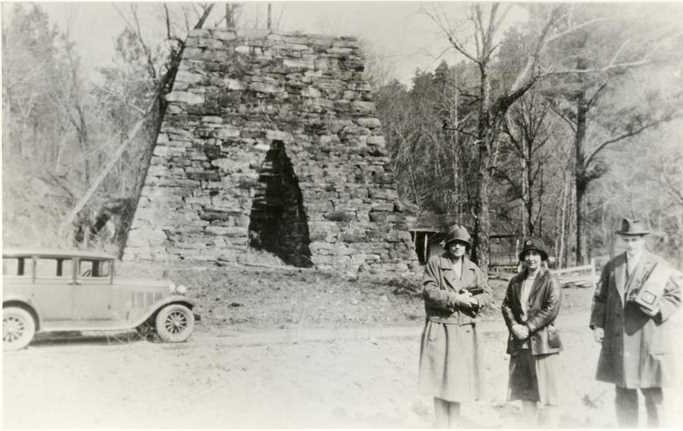Dogs in the Civil War
Dogs were loyal companions and mascots for soldiers during the American Civil War. They served many roles, including:
Fighting buddies
Dogs were fierce fighters when needed. For example, Major, a mutt for the 10th Maine, would snap at Confederate minie balls in flight.
Foraging
Dogs would hunt for food or steal it from passing wagons. For example, Calamity, a dog for Company B of the 28th Wisconsin, was a foraging specialist.
Finding water
Dogs were skilled at finding water sources for troops, especially when marching in unknown territory.
Emotional support
Dogs served an emotional void and often became extremely attached to their regiment or pack. For example, Jack, the mascot of the 102nd Pennsylvania Infantry, was so loyal that his men collected money to buy him a silver collar.
Mascots
Many regiments had a dog mascot, including:
"Sallie," a brindle Staffordshire Bull Terrier, was the regimental mascot for the 11th Pennsylvania Volunteer Infantry. Given to 1st Lt William R. Terry as a four-week old puppy, Sallie grew up among the men of the regiment. Sallie followed the men on marches and to the battlefield. At the Battle of Gettysburg, the dog got separated from the unit. Unable to find her way, Sallie returned to the Union battle line at Oak Ridge, where she stood guard over the dead and wounded. The dog continued her faithful service through February, 1865, when she was struck by a bullet to her head in the battle of Hatcher's Run, Virginia. She was buried on the field of battle. For her devotion to the men, Sallie is memorialized at the 11th Pennsylvania monument erected at Gettysburg.
One of the best-known dog mascots was "Jack," the brown and white bull terrier mascot of the 102nd Pennsylvania Infantry. This unit of volunteer firemen claimed that Jack understood bugle calls and obeyed only the men of "his" regiment. Jack's career spanned nearly all the regiment's battles in Virginia and Maryland. The dog was present at the Wilderness campaigns, Spotsylvania, and the siege of Petersburg. After a battle he would seek out the dead and wounded of his regiment. Jack himself was wounded severely at Malvern Hill and was captured twice. The second time, he was exchanged for a Confederate soldier at Belle Isle. Jack disappeared shortly after being presented a silver collar purchased by his human comrades, an apparent victim of theft.
Other dog mascots were:
"Old Harvey" a white bulldog, mascot of the 104th Ohio, who served with distinction at Franklin. This unit also adopted a Newfoundland dog, a cat and a tamed raccoon as mascots.
"York" a setter, was the pet of Brig. Gen. Alexander S. Asboth and often accompanied his master into action.
"Major," a mutt for the 10th Maine, (later reorganized as the 29th Maine) had a habit of snapping at Confederate minie balls in flight. Unfortunately, he caught one and died. During engagements, "Major" would bark and growl ferociously until the battle was over.
The 69th New York used the Irish Wolfhound as the regimental mascot. The wolfhound is depicted on the regiment's coat of arms. Two Irish wolfhounds were adopted by the unit and were clad in green coats bearing the number "69" in gold letters. They would parade immediately to the rear of the Regimental Color Guard.
Company B, 28th Wisconsin Volunteer Infantry, had a dog "Calamity" that would assist the soldiers in foraging missions.
The roster of the 1st Maryland Artillery lists dog Grace as the Unit Mascot. Grace was killed in action.

One of the most famous images of General Robert E. Lee, taken astride his famous and favorite horse, Traveller, “a Confederate grey".

Civil War era map of the fortifications at Etowah

Cooper's Furnace from the 1930's
Source: Kenan Research Center at Atlanta History Center
This is all that remains of the town of Etowah. Much of the ruins are below the Allatoona lake just before the dam. Earthworks and some stone walls may be found along the trail behind the furnace.
More photos...







